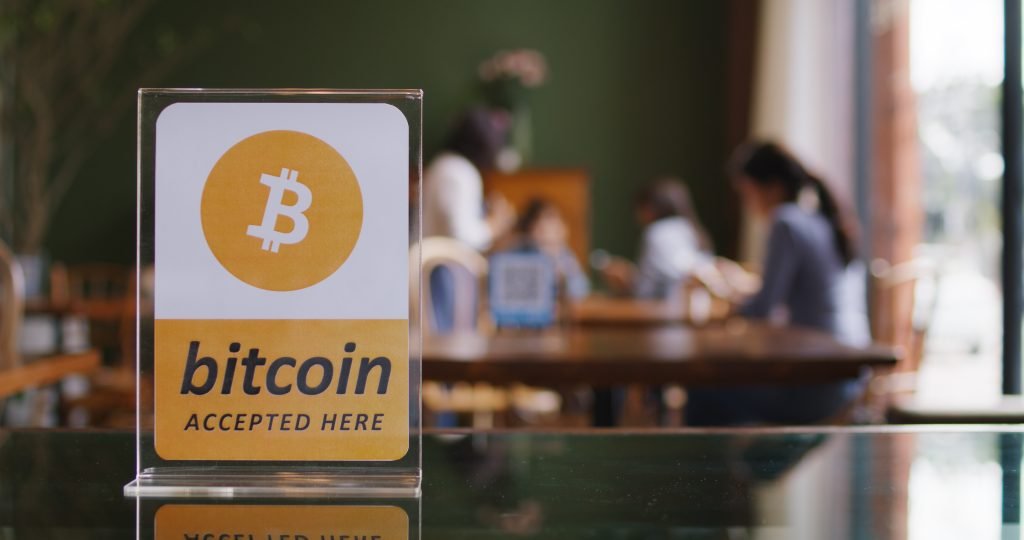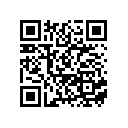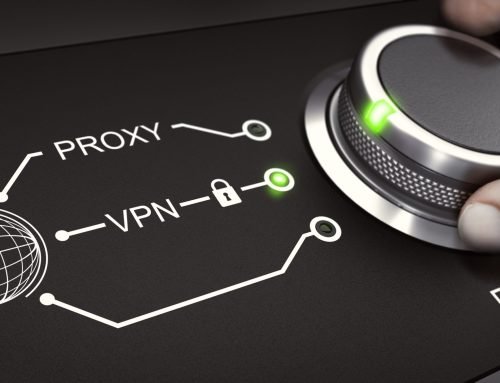A QR code, or Quick Response code, is a two-dimensional barcode that has become increasingly popular due to smartphone usage and the growing need for contactless transactions. QR codes were first invented in 1994 by Toyota subsidiary Denso Wave. Various industries have since adopted them to provide a fast, convenient, and cost-effective solution to many problems.
Benefits of QR Codes in Marketing
One of the primary uses of QR codes is in marketing. QR codes allow businesses to give customers quick and easy access to information about their products or services, such as product specifications, promotions, and discounts. By scanning the QR code with their smartphone, customers get directed to a website or landing page that provides more detailed information about the product or service. It provides businesses with a low-cost and effective way to market their products and services and connect with customers in a previously impossible way.

Cryptocurrency and QR Codes: There are use cases for QR Codes in marketing, business, and blockchain technology such as Bitcoin.
Cryptocurrency and QR Codes
QR codes can facilitate transactions and other activities related to cryptocurrencies. Some of the common uses include:
- Wallet address sharing: Quickly and easily share a cryptocurrency wallet address. A person can scan the QR code to get the wallet address and send the desired cryptocurrency amount to that address.
- Payment processing: Facilitate cryptocurrency payments, similar to traditional currency. It allows for fast and convenient transactions and reduces the risk of human error.
- Exchange listings: Cryptocurrency exchanges use QR codes to list their offerings and provide quick access to trading and exchange information.
- ICO/STO promotions: Companies conducting an Initial Coin Offering (ICO) or a Security Token Offering (STO) can promote their offerings and provide quick access to information about the ICO or STO, such as the whitepaper and website.
- Crypto ATMs: Crypto ATMs can allow users to quickly and easily deposit or withdraw cryptocurrency.
By providing a fast, convenient, and secure way to access and manage cryptocurrency-related information, QR codes have become an essential tool in the world of cryptocurrency. As the use of cryptocurrencies continues to grow, QR codes in this context will also continue to evolve and become even more widespread.

Cryptocurrency and QR Codes: QR Codes for Payment Processing is now seeing as a safe and easy to use system in many brick and mortar stores.
QR Codes for Payment Processing
Another critical use of QR codes is in payment processing. QR codes can also facilitate contactless payments, reducing the risk of transmission of infectious diseases. It is beneficial in the current global pandemic, as it allows consumers a safe and convenient way to pay for goods and services. QR code-based payments are fast and efficient, reducing customers’ time waiting in line to pay.
A Plethora of Other Use Cases
In addition to their marketing and payment processing applications, QR codes can store and transfer large amounts of data, such as flight tickets, event tickets, and boarding passes. QR codes can quickly access information in various industries, such as healthcare, to access patient data.
Other ways to use QR codes include:
- Inventory Management: Warehouse and retail environments to track inventory and manage stock levels.
- Asset Tracking: Track and manage an organization’s assets, such as equipment or machinery.
- Lead Generation: Advertising and marketing campaigns to collect customer information and generate leads.
- Education: Provide students with access to additional resources or course materials.
- Access Control: Building security systems to control access to secure areas.
- Customer Service: Provide customers quick access to support and information about products and services.
- Time and Attendance Tracking: Track employee attendance and record working hours.
- Event Management: Streamline registration and ticketing processes and give attendees access to event information.
- Social Media Integration: Quickly connect customers with a business’s social media accounts, allowing them to follow or like the company on platforms such as Facebook and Instagram.
These are just a few of the many potential uses for QR codes, and as technology continues to evolve, new and innovative services will likely continue to emerge.
The Low-Cost Solution
QR codes provide a low-cost solution compared to traditional methods such as printing and distributing flyers or brochures. QR codes are low-cost or free, and businesses can save money by not having to produce and distribute physical materials. The technology can streamline processes and reduce the time and resources needed to complete transactions, leading to additional cost savings.
Best Practices
Here are some best practices for using QR codes:
- Test QR codes before using them: Always test your QR codes to ensure they work correctly and link to the correct destination.
- Make QR codes easy to scan: Ensure that QR codes are large enough to be easily monitored and placed in a visible and well-lit location.
- Use high-quality QR code generators: Use a reputable QR code generator that creates high-quality codes that are easy to scan and less likely to have errors.
- Make QR codes visually appealing: Add a design or logo to your QR code to make it more attractive and to help build brand recognition.
- Update QR codes as needed: Keep your QR codes up-to-date by changing the linked destination if it changes. It will help ensure that your customers always receive the correct information.
- Track QR code usage: Use a QR code tracking service to see how many people are scanning your codes and their location. This information can help you optimize your QR code strategy.
- They provide a clear call-to-action: Include a clear call-to-action near your QR code to encourage customers to scan it.
- Consider user experience: Ensure that the destination linked to your QR code provides a good user experience and loads quickly on desktop and mobile devices.
By following these best practices, you can ensure that your QR codes are effective, reliable, and easy to use and help you achieve your goals.

Try NLC’s Free QR Code Generator
Many companies try to take advantage of the growing demand for QR codes by charging exorbitant rates for their creation. However, NLC is different. We believe in providing equal access to all, which is why we offer QR code creation free of charge to anyone who wants to use it. With NLC, you don’t have to worry about hidden fees or high costs, and you can easily create a QR code that meets your needs without breaking the bank. NLC is committed to providing the best possible service to its customers, and making QR codes accessible to everyone is just one of the many ways they demonstrate that commitment.






